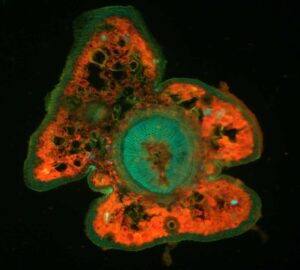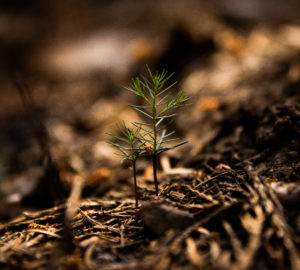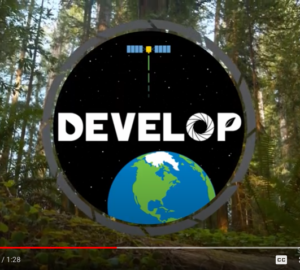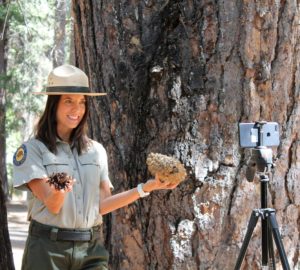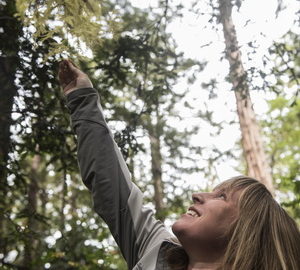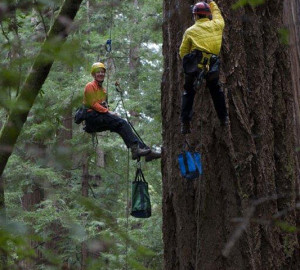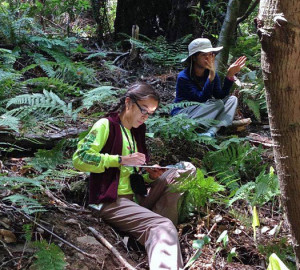Redwood leaves like you’ve never seen them before
onRedwoods don’t actually have needles, they have leaves. We call their leaves needles because they’re thin and pointy, but they are indeed leaves, performing all the necessary leafly duties. As it turns out, redwoods even have two distinct kinds of …
